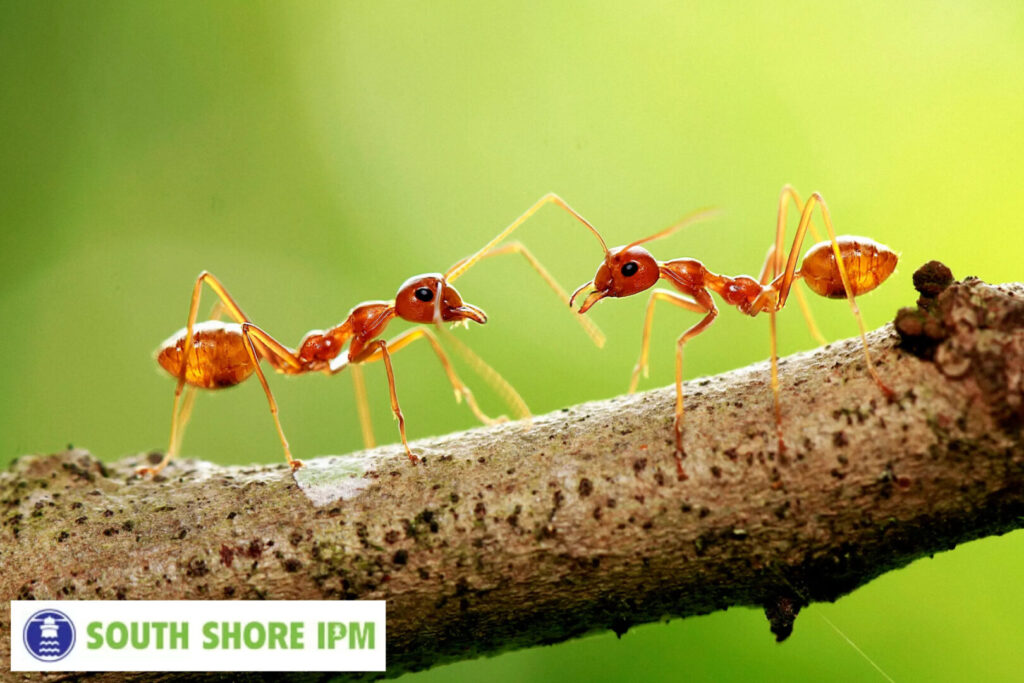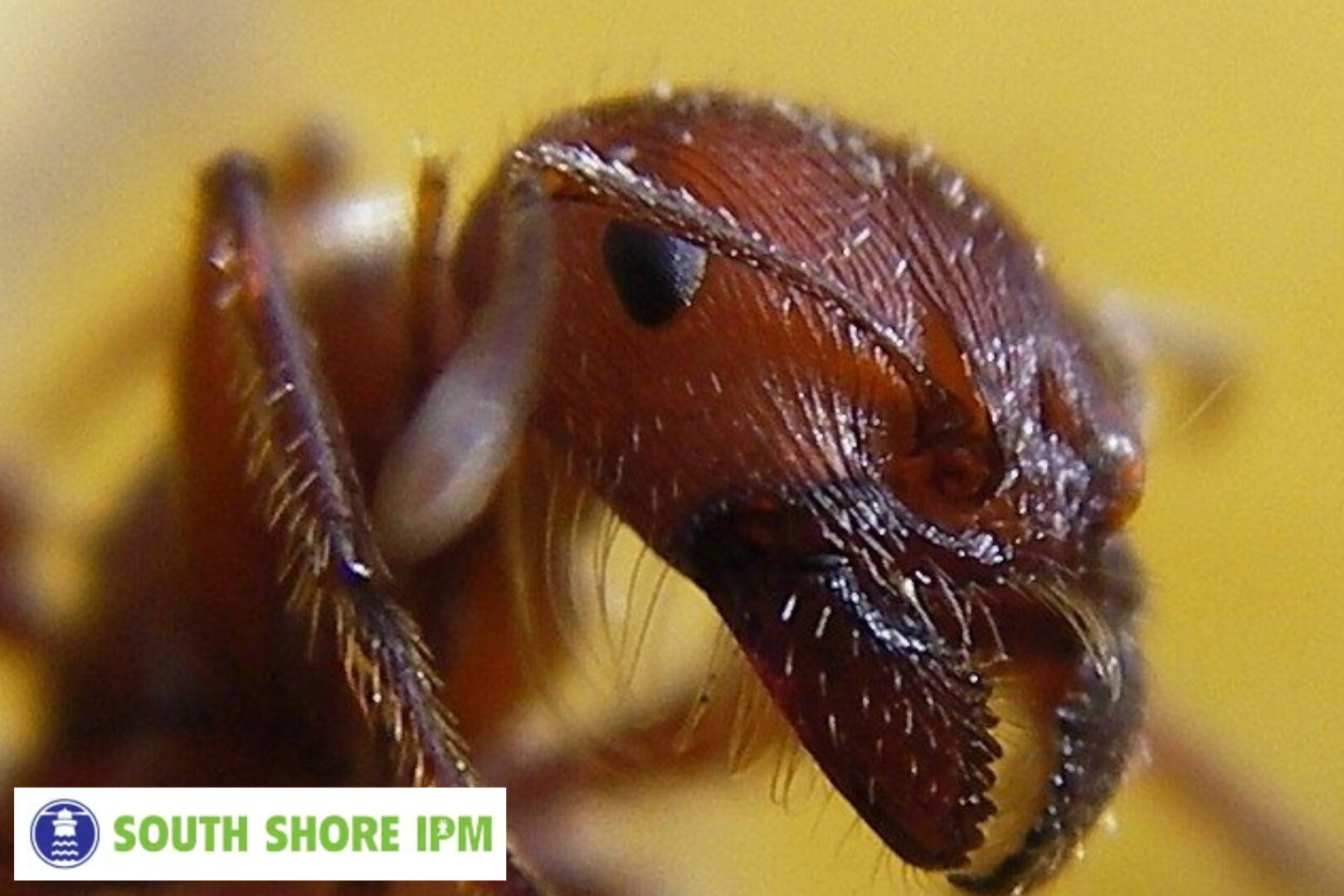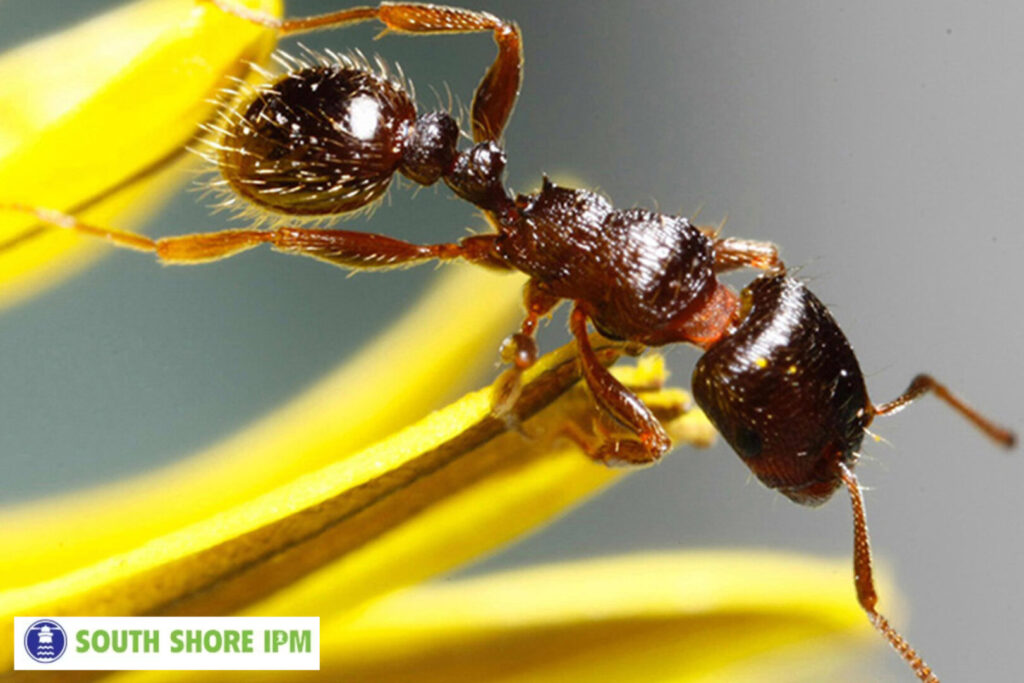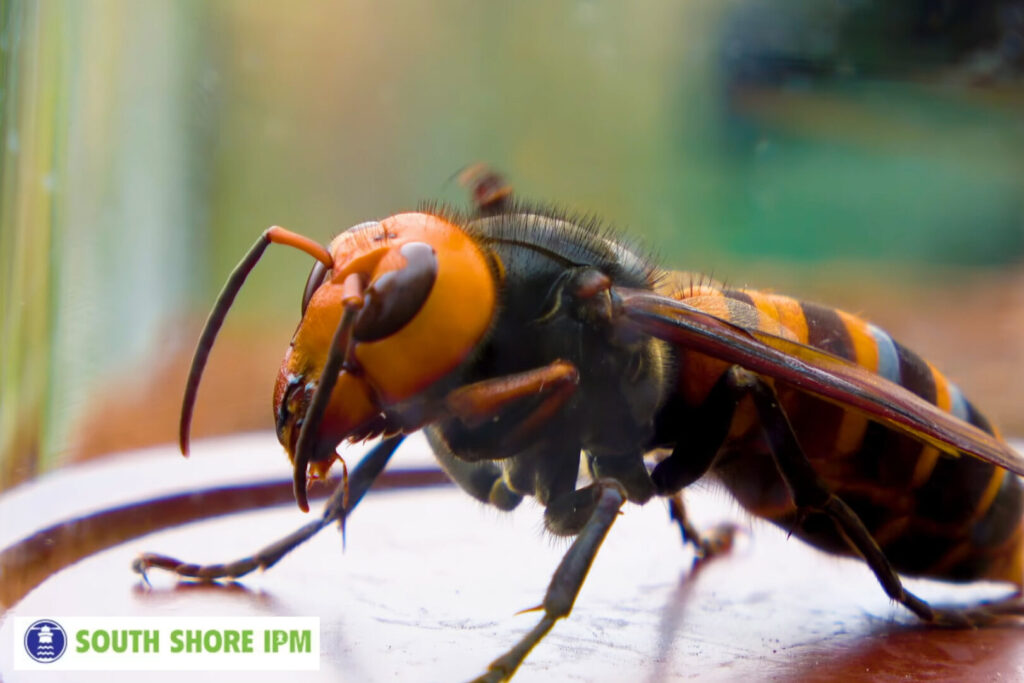Don’t Ignore These Black Clues: How to Spot a Carpenter Ant Infestation Early
Carpenter ants are a common household pest that can cause significant damage if left untreated. Unlike typical ants that nest in the soil, carpenter ants prefer to live in wood. These ants chew through wood to create their nests, which can result in extensive damage to the structure of your home. Knowing how to identify the signs of a carpenter ant infestation early is crucial to preventing costly repairs and ensuring the safety of your home.
What Are Carpenter Ants and Why Do They Invade Your Home?
Carpenter ants are large, black ants known for their ability to tunnel through wood, especially damp or decaying wood. Unlike termites, which feed on wood, carpenter ants don’t consume wood for food. Instead, they carve out galleries in wood to establish their nests. These ants are attracted to moisture, which is why they’re often found in areas with water damage or leaks.
Carpenter ants can be a problem for homeowners because the damage they cause can compromise the structural integrity of a house. Their nests often reside in hidden, hard-to-reach areas such as wall voids, attics, and crawl spaces. Early detection is essential to avoiding severe damage and costly repairs.
Key Signs of Carpenter Ants in Your Home
Recognizing the signs of a carpenter ant infestation early can help you take action before the damage becomes severe. Here are the most common clues that carpenter ants may have made their way into your home:
1. Large, Black Ants in Your Home
One of the most obvious signs of carpenter ants is spotting large black ants in your home. Carpenter ants are generally larger than other ants, ranging from ¼ to ½ inch in length. They are usually black, although some species may appear red or a combination of both. These ants may appear individually or in small groups and are most commonly seen in kitchens, bathrooms, and other areas with food or water sources.
If you see large ants consistently within your home, it could be an indication of a carpenter ant infestation. They are especially active during the warmer months, as they tend to forage for food and water.
2. Small Piles of Wood Shavings (Frass)
Carpenter ants create nests by tunneling through wood, and the debris that results from this process is called frass. Frass consists of fine wood shavings and debris that the ants push out of their nests. If you find small piles of wood shavings around your home, particularly near wooden beams, doors, or window frames, this is a strong sign that carpenter ants are active within your walls or structure.
Frass can often be found near potential nesting sites, such as cracks in wood or where the ants are entering or exiting your home. If you see frass, it’s important to inspect the area for any visible ants or nests.
3. Hollow-Sounding Wood
When carpenter ants tunnel through wood, they create galleries, or hollow spaces, within the material. As they chew through the wood, the structure becomes weakened, and it can sound hollow when tapped. If you notice any wood in your home sounding unusually hollow, it may indicate that carpenter ants have infested the area.
To check for hollow-sounding wood, gently tap on beams, baseboards, or any wooden structures. If the sound seems more hollow than usual, this could be a sign of carpenter ant damage.
4. Finding Carpenter Ants in the Spring or Summer
Carpenter ants tend to be most active during the warmer months, particularly in spring and summer. During this time, the colony will send out new reproductive ants, known as swarmers, to find new places to establish nests. If you see a sudden influx of large black ants inside your home during the spring or summer, this could be an indication that carpenter ants are trying to establish a new colony.
Swarming carpenter ants can also be found near windows or doors, where they try to find an escape route. Keep an eye out for ants in these areas, as it may be an indication of a larger infestation inside your home.
5. Moisture or Water Damage
Carpenter ants are attracted to moisture, so areas with water damage or high humidity levels are prime targets for nesting. If your home has leaks in the roof, basement, or walls, carpenter ants may be using these damp areas to create their nests. This is why carpenter ants are often found in areas such as kitchens, bathrooms, or basements, where moisture is prevalent.
If you notice signs of water damage or persistent dampness in your home, it’s important to address these issues promptly. In addition to attracting carpenter ants, excess moisture can also lead to other problems like mold growth.
Do Carpenter Ants Bite?
Carpenter ants are not aggressive toward humans, but they can bite if they feel threatened. While carpenter ants are more likely to use their mandibles to defend their nest, their bites are generally not dangerous. However, they can cause localized pain, swelling, or irritation if bitten. In rare cases, a bite can lead to an allergic reaction, especially for individuals who are sensitive to insect bites.
If you’re wondering, do carpenter ants bite, the answer is yes, but they generally do so as a defense mechanism rather than an offensive action.
How to Prevent and Control Carpenter Ant Infestations
If you suspect that carpenter ants have infested your home, it’s important to act quickly to prevent further damage. Here are some tips on how to prevent and control carpenter ant infestations:
1. Eliminate Moisture Sources
Since carpenter ants are attracted to moisture, eliminating any sources of water around your home is a critical step in prevention. Repair leaky pipes, faucets, and roofs to prevent moisture from seeping into your walls and foundation. Ensure that gutters are clear of debris and that water flows away from the home to prevent water buildup.
2. Seal Cracks and Gaps
Inspect your home for any cracks or gaps in the foundation, walls, or windows. Carpenter ants can enter through very small openings, so sealing these entry points can help prevent them from getting inside. Consider using caulk or weatherstripping to seal cracks around doors and windows, and inspect the roof and attic for any gaps.
3. Regular Inspections and Pest Control
Regular inspections by pest control professionals can help identify carpenter ant problems before they escalate. If you notice signs of carpenter ants in house, such as wood shavings or visible ants, it’s a good idea to consult with a pest control expert. A pest control technician can assess the situation and provide treatment options to eliminate the infestation and prevent further damage.
If you’re in the area, pest control Brockton MA services can offer expert solutions to address carpenter ant infestations. For those looking for professional help with carpenter ants, search for ant control near me.

About South Shore IPM
At South Shore IPM, we understand the importance of protecting your home from pests like carpenter ants. As your trusted Brockton pest control partner, we offer eco-friendly and effective solutions to keep your home pest-free. We specialize in providing tailored pest control treatments to meet your specific needs, ensuring the safety and comfort of your family and property.






